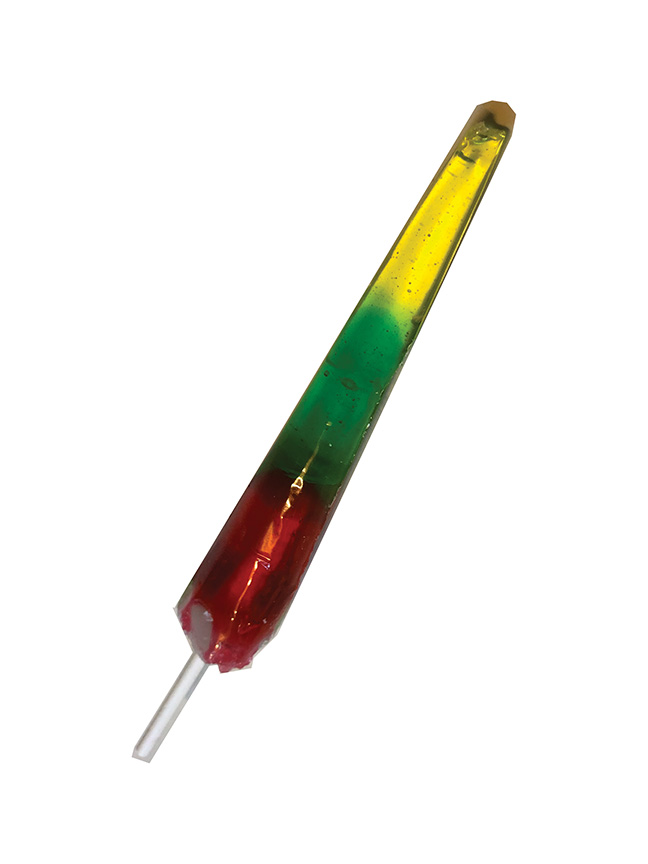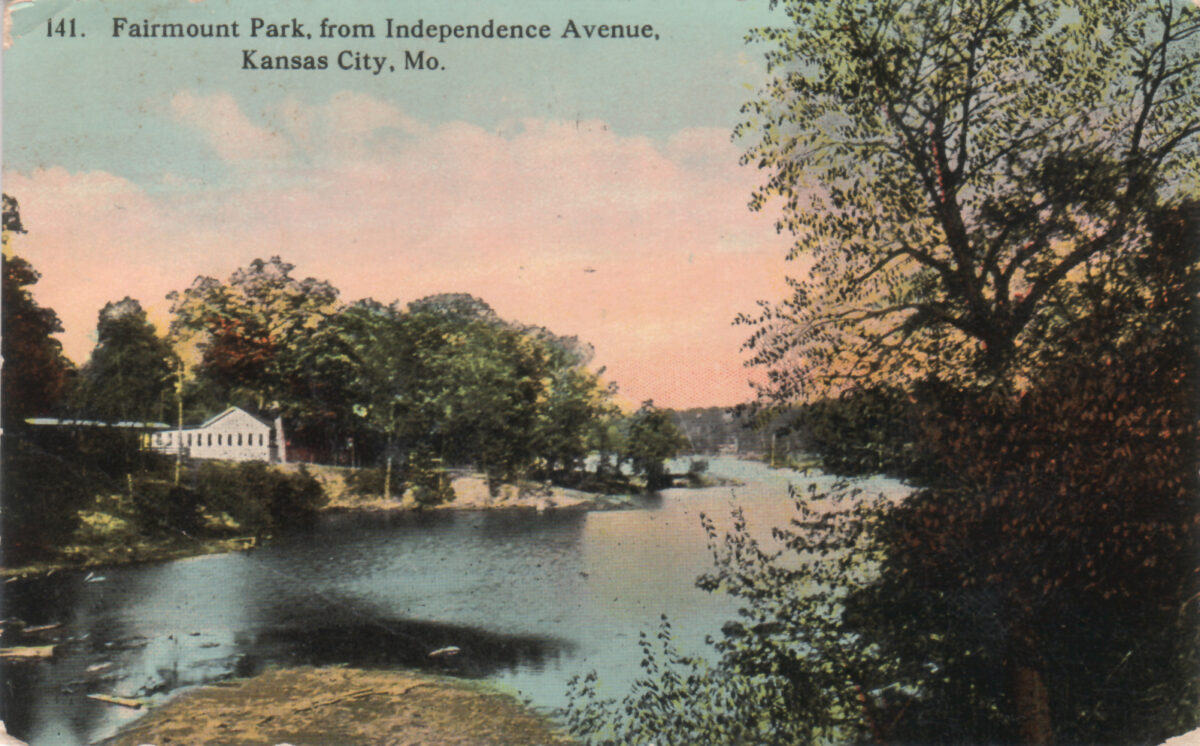
Dorri Partain
Contributor
Blast off with three stages of flavor with this aerodynamic confection.
The Astro Pop debuted at the height of the Space Age in 1963, developed by two unnamed rocket scientists who left their jobs at Rocketdyne to produce a newly-shaped lollipop. Unlike round-shaped lollipops poured into metal molds, the hot candy syrup was poured directly into the clear cone-shaped wrapper. After the stick was inserted, a dollop of wax held the stick in place until the candy cooled.
The first stage of flavor is pineapple (yellow), then passionfruit (green), ending with cherry (red). The one ounce size (five inches) contains 108 calories.
Originally produced by the Nellson Candy Company of Los Angeles, Calif., the recipe, trademark name and unique forming equipment was sold to the Spangler Candy Company in 1987. In 1997, both Spangler and 7- Eleven stores were named in a lawsuit by the parents of a seven-year-old they claimed suffered a punctured throat, palate, and tonsil while eating an Astro Pop.
In response, Spangler reversed the cone shape in 2000, with the wider end at the top of the pop. When consumers failed to embrace the change, Spangler ceased production entirely in 2004.
Growing up, entrepreneur Ellia Kassoff proclaimed Astro Pops as his favorite candy. Resurrecting the candy company his uncle once owned, Leaf, he purchased the defunct name and recipe from Spangler in 2010. But the unique manufacturing equipment had been sold for scrap years prior. It took two years for the equipment to be replicated; Astro Pops officially returned to the candy shelves in 2015, in two sizes and additional flavors.
Back to its original shape, each wrapper is printed with the following disclaimer, “Warning: Not to be given to small children or consumed without parental supervision. Do not consume during physical activities.”
The Astro Pop is made in China using flavors and colors manufactured in the United States.

















